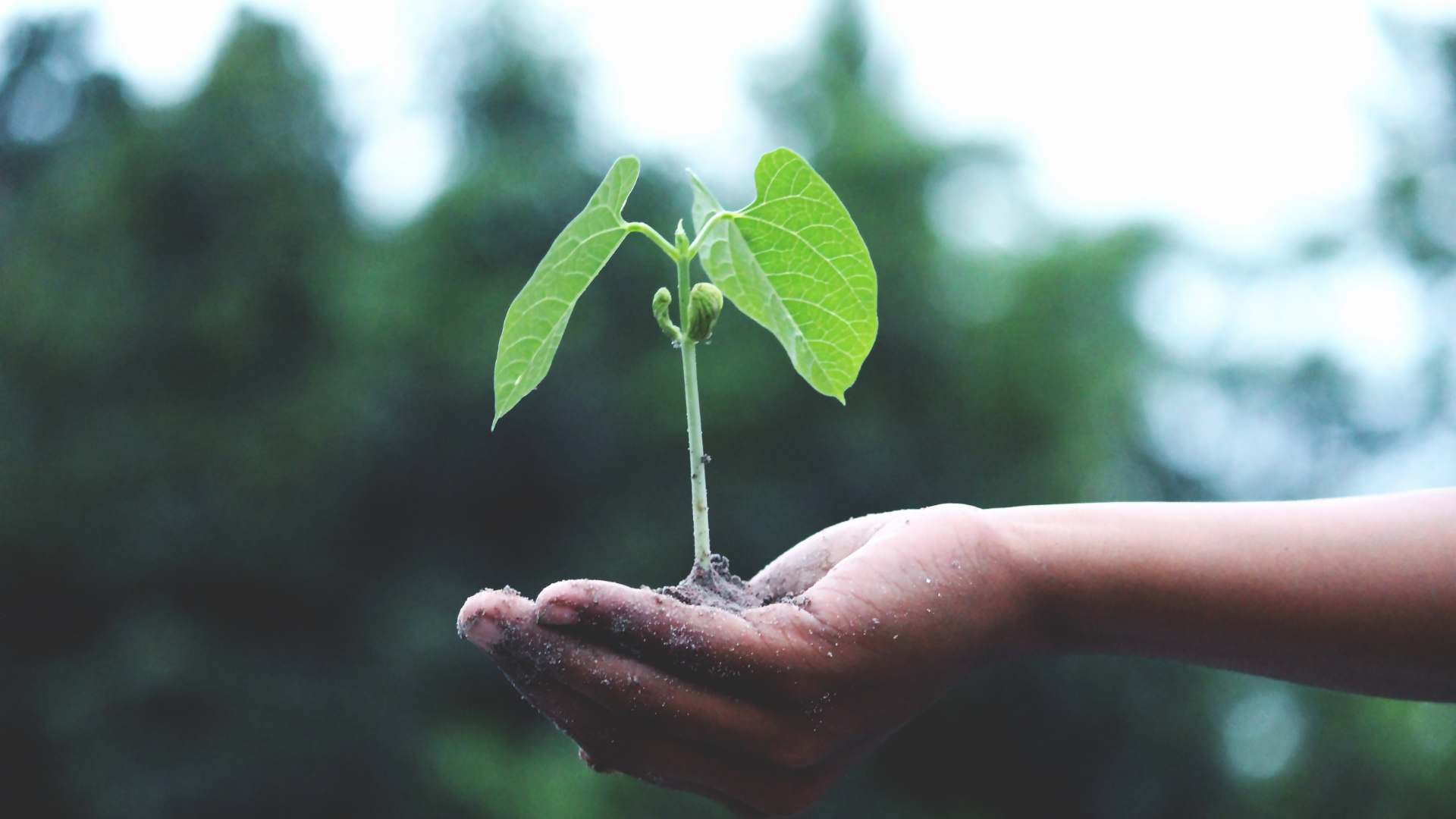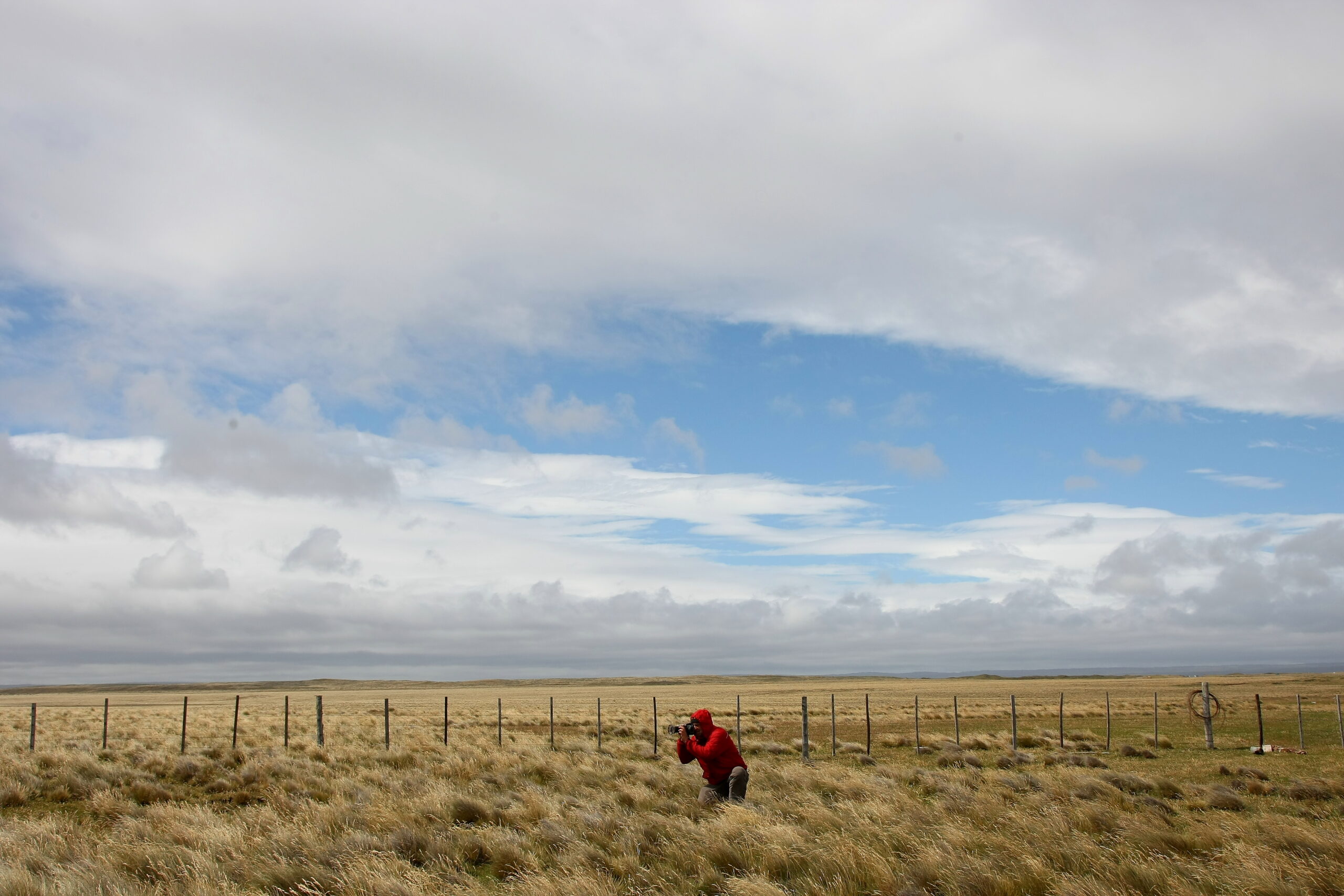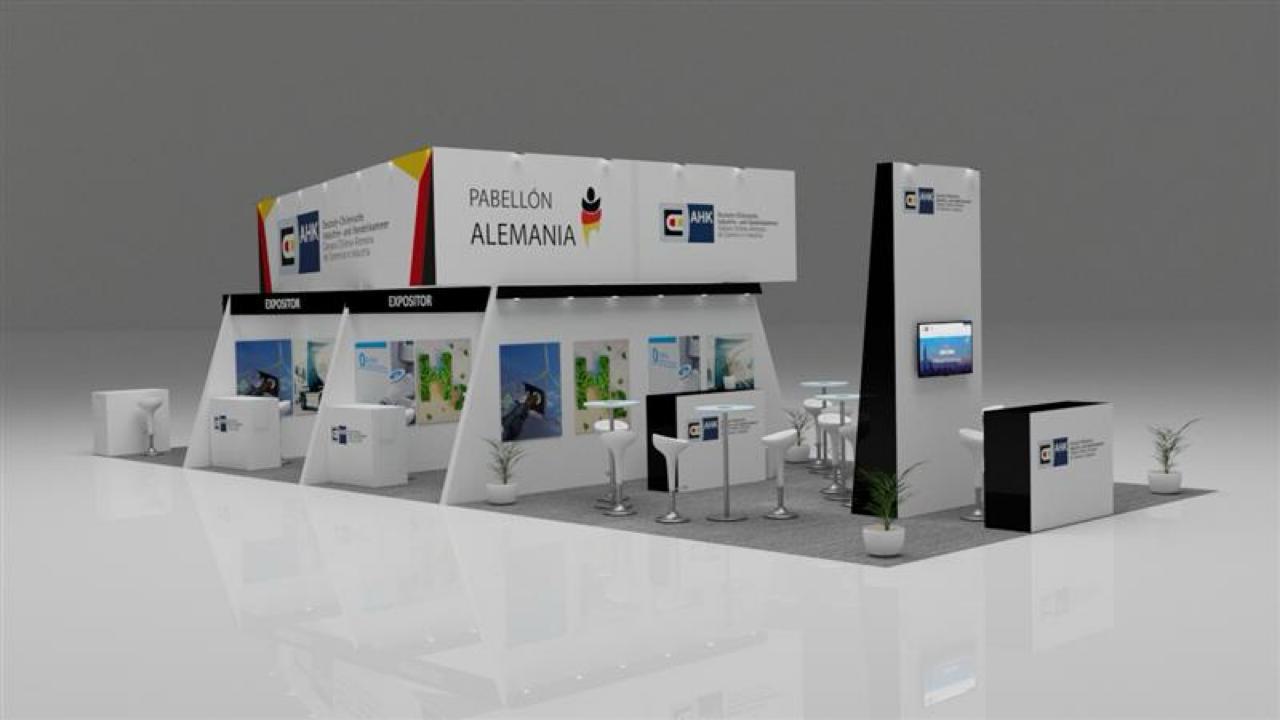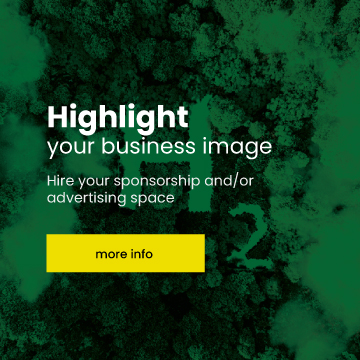
Corfo will provide 3,250 million pesos to finance what would be the first carbon negative project to use green hydrogen and ammonia in Chile for the production of fossil fuel-free fertilizers. The development agency announced the results of the application to the Technological Program for the “Incorporation of Green Hydrogen to the National Economy 2023”, which was open between May 25 and August 31, 2023, and which had as winner this project located in the Araucanía Region. The project will use bio-ash obtained as a by-product of the generation of electricity with biomass, mainly agricultural and forestry waste, and CO2. The fertilizers, one nitrogenous and the other carbonated, will use green hydrogen and ammonia and will be designed in such a way that they will have a high nitrogen content for slow and prolonged delivery over time, substantially improving plant development. The technology will also make it possible to correct the pH in acid soils, which is a recurring problem in Araucanía and surrounding regions, areas characterized by intensive crops, with soils with low pH and high aluminum content. According to figures from the Ministry of Agriculture, our country imports more than one million tons of fertilizers with high import costs and an enormous environmental impact derived from the carbon footprint due to their transportation, since the main supplier is China, which concentrates 40% of the purchases. It is also estimated that more than 44% of imported fertilizers correspond to urea, used to nitrogenate soils, which is generally obtained from fossil fuels. Green carbon-negative hydrogen “The project we are financing through this PTEC will be the first in Chile that we know of to produce green hydrogen for the industrial production of fertilizers for the local market,” explains Corfo’s executive vice-president, José Miguel Benavente. The project corresponds to an initiative presented by the company COMASA H2V together with the Sociedad de Fomento Agrícola de Temuco (SOFO), Forestal Papelera Concepción, the Ministry of Energy, the Corporación para el Desarrollo Productivo de La Araucanía, CorpAraucanía and Eagon Lautaro S.A., among other participants. The electricity generation required for the production of green hydrogen and ammonia will be obtained from the combustion of carbon neutral forest and agricultural biomass. In addition, the fertilizer obtained, being free of elements such as urea and avoiding and reducing the use of fossil fuels in the production and transportation of traditional fertilizers, will make the final balance of the process tend to be carbon negative. The nitrogen fertilizer will be obtained thanks to the use of green ammonia which, in turn, will be produced from H2V by electrolysis of water with renewable electrical energy. In the case of carbonated fertilizer, this time the process will use CO2 generated from the combustion of biomass. Benavente explained that “the call for PTECs showed that in the regions there is not only the technology, but mainly the knowledge and innovation to generate solutions to complex productive challenges. This is a particularly relevant issue considering the difficulties we will face with climate change or eventual geopolitical disturbances. Soil fertilization and food security are issues of extreme strategic importance and this type of project aims to solve real problems for the present and the future”. This Technological Program was designed with the aim of making a relevant contribution to the reduction of greenhouse gas emissions and to meet the goals of the country’s energy transition plan by capturing CO2. In passing, Corfo explains, two relevant objectives are added: one is to contribute to the country’s food security through the production of sustainable fertilizers in the national territory, and the other is to enable local demand poles for hydrogen on a relevant scale and, in this case, to allow the availability of green ammonia for national industrial uses. Both elements give a “strategic character” to this initiative, said the Vice President of Corfo when announcing this award. For the La Araucanía project, Corfo will co-finance up to 60% of the total cost with a maximum subsidy amount of up to $3,250,000,000, while the proponent’s contribution will amount to a minimum of 40% of the total cost of the initiative, according to the application conditions.



 Related News
Related News Mega-investment in green hydrogen: Project to generate 10,000 jobs in Chile
Mega-investment in green hydrogen: Project to generate 10,000 jobs in Chile
 Hyvolution: The world’s largest green hydrogen meeting comes to Santiago de Chile on June 28th
Hyvolution: The world’s largest green hydrogen meeting comes to Santiago de Chile on June 28th
 Germany exhibits at Hyvolution with exclusive pavilion
Germany exhibits at Hyvolution with exclusive pavilion
